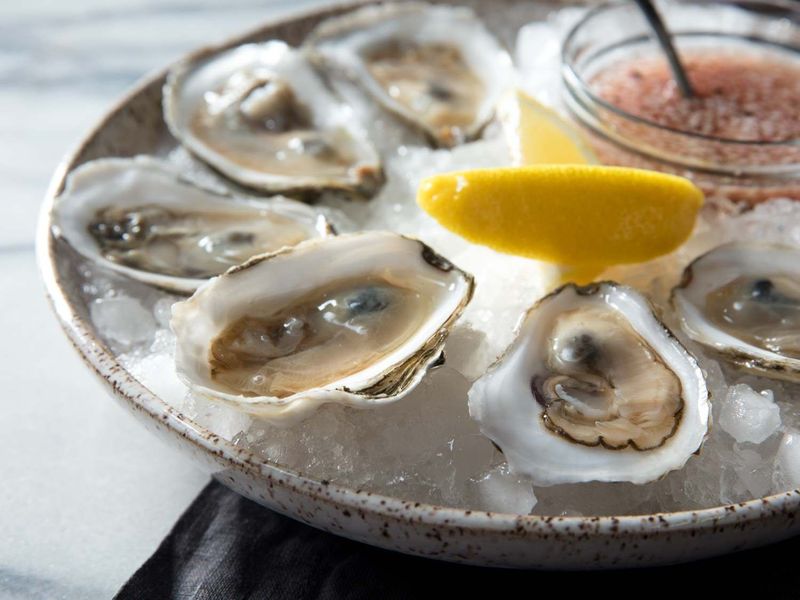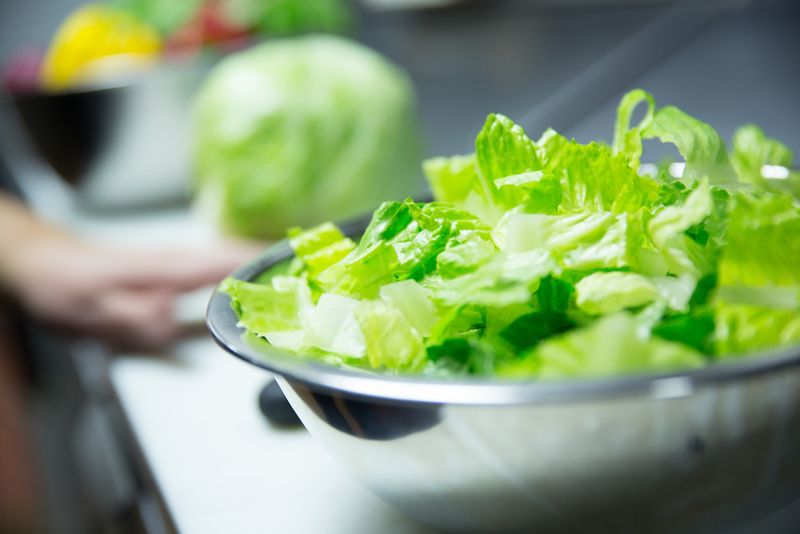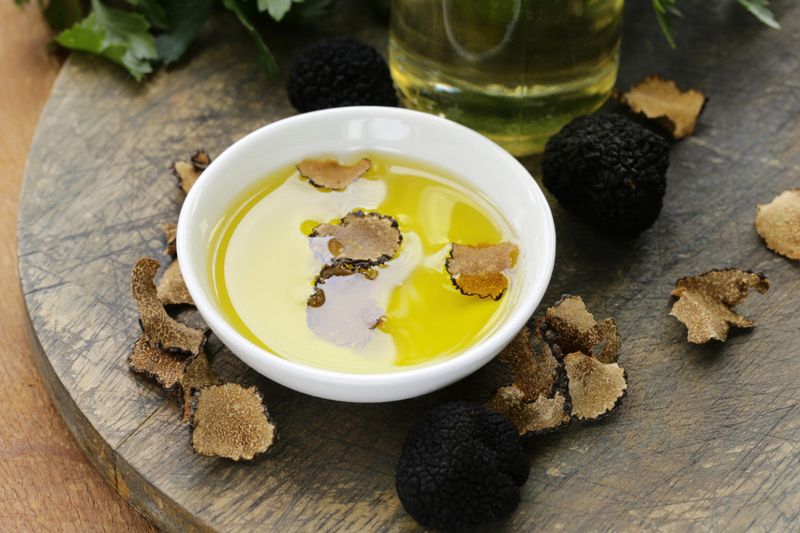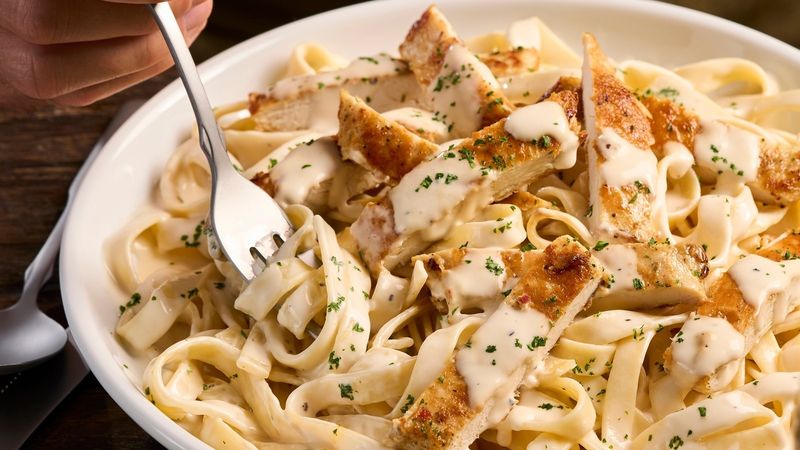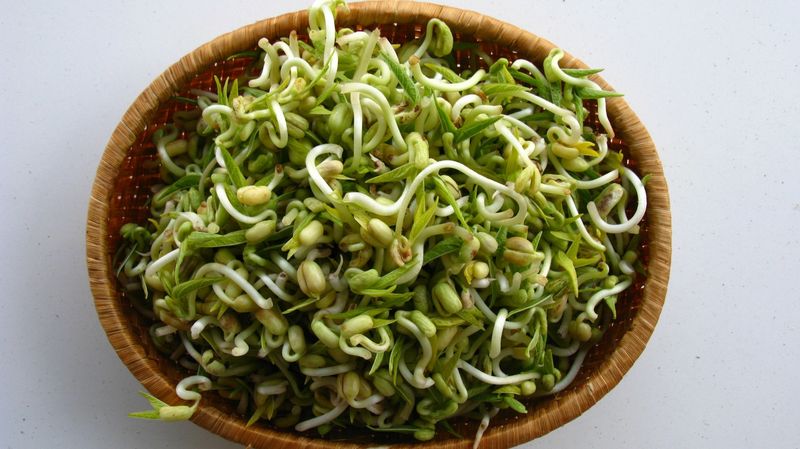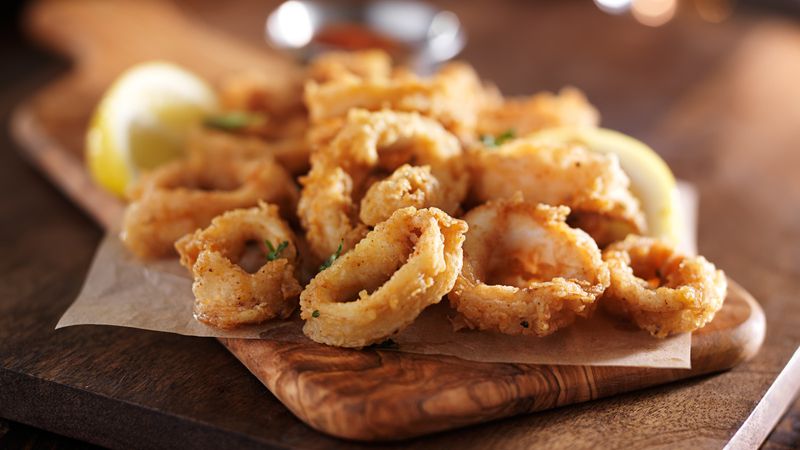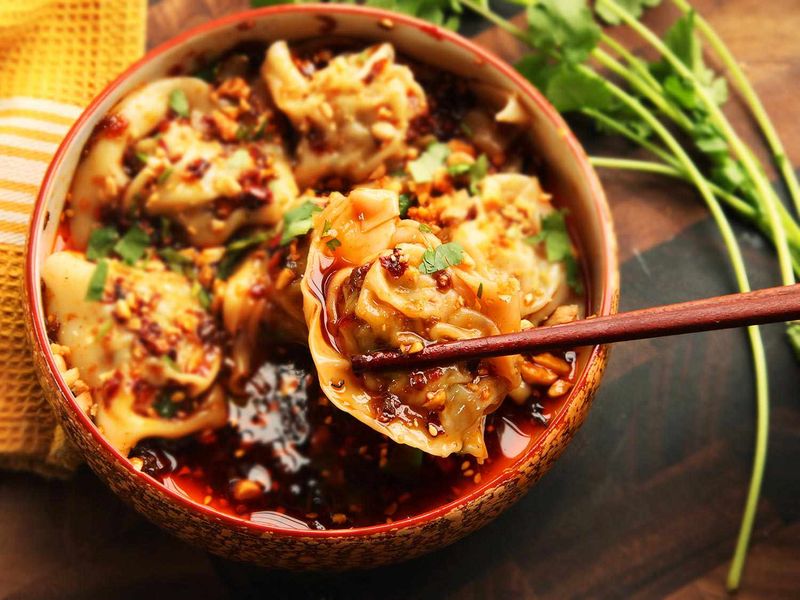Dining out is a delightful experience, but certain dishes at restaurants should come with a warning. In this guide, we’ll uncover 17 items you might want to avoid ordering. Whether it’s due to potential health risks, freshness concerns, or hidden ingredients, these selections can often be disappointing or even harmful. Armed with this information, you can make more informed choices and enjoy your dining experiences to the fullest.
Buffet Sushi
Buffet sushi, while tempting with its variety, often poses significant health risks. Sushi requires precise handling and storage, which buffet-style service might compromise.
Without stringent temperature control, raw fish can harbor bacteria like salmonella. Moreover, the high turnover in buffets may lead to sushi sitting out for too long, increasing contamination risks.
Opt for sushi from reputable, specialized restaurants where freshness and quality are prioritized. This approach minimizes health risks and enhances your culinary experience.
Hollandaise Sauce
Hollandaise sauce, a brunch favorite, can be a gamble at restaurants. This emulsion is notoriously tricky to prepare and requires fresh eggs at the right temperature.
If not made fresh or held at the correct heat, it can swiftly become a breeding ground for bacteria, leading to foodborne illnesses.
When enjoying dishes like Eggs Benedict, ensure the restaurant maintains high safety standards or opt for alternatives to this delicate sauce.
Oysters on the Half Shell
Oysters served raw on the half shell are a delicacy, yet they come with risks. Being filter feeders, oysters can carry harmful bacteria and viruses from their environment.
Without proper sourcing and handling, consuming raw oysters can lead to infections like norovirus.
Ensure oysters are fresh and from reputable sources, or choose cooked shellfish options to enjoy seafood flavors safely.
Rare Chicken
Ordering chicken rare is never recommended due to potential health risks. Chicken must be thoroughly cooked to eliminate pathogens like salmonella and Campylobacter.
Rare or undercooked chicken might appear juicy but can harbor harmful bacteria.
Always ensure chicken is cooked to a safe internal temperature of 165°F. This guarantees safety without sacrificing flavor, offering a healthier dining experience.
Iceberg Lettuce Salads
While iceberg lettuce is crunchy and refreshing, it often lacks significant nutritional benefits. Its dense layers can also trap dirt and pesticides, making thorough cleaning essential.
Iceberg salads served in restaurants might skimp on other nutrient-rich ingredients, making them less beneficial for health-conscious diners.
Opt for salads with diverse greens like spinach or kale to maximize nutrients and enjoy a healthier, tastier meal.
Truffle Oil Dishes
Truffle oil, often touted for its aromatic richness, can be misleading. Most truffle oils are artificially flavored, lacking real truffle essence.
The synthetic compounds used can overwhelm dishes, masking other genuine flavors. Moreover, the oil might be of lower quality, diminishing the culinary experience.
For authentic truffle richness, opt for dishes with actual truffle shavings or consult the chef about the ingredients used.
Bread Baskets
Bread baskets are a common starter but can be a stale disappointment. Restaurants may serve leftover bread from previous nights, compromising freshness.
Stale bread not only detracts from the meal but might also harbor bacteria if not stored properly.
Request fresh bread or save your appetite for the main course, ensuring the best dining experience without unnecessary risks.
Chicken Caesar Salad
Chicken Caesar salads can be deceptive in terms of healthiness. The dressing often contains high amounts of fat and sodium, which can overshadow the benefits of the greens.
Furthermore, the chicken must be cooked thoroughly to avoid foodborne illnesses.
For a healthier option, request dressing on the side and ensure the chicken is grilled to perfection, maintaining both safety and flavor.
Pasta Alfredo
Pasta Alfredo, while creamy and indulgent, is calorie-dense and can lack nutritional balance. Restaurants may use excess cream and butter, leading to an unhealthy dish.
The richness might satisfy your taste buds but can leave you feeling sluggish.
Consider sharing the dish or opting for pasta with a tomato-based sauce for a lighter but still flavorful alternative.
Raw Sprouts
Raw sprouts, though fresh and crunchy, can harbor harmful bacteria. The warm, humid conditions needed for sprouting are also ideal for bacterial growth.
This makes sprouts a risky choice, especially for those with weakened immune systems.
To enjoy the benefits of sprouts without the risks, consider ordering them cooked or opting for other fresh, crisp vegetables.
Fried Calamari
Fried calamari is a popular appetizer but often prepared in unhealthy oils. These oils can lead to high calorie content and greasy textures, overshadowing the natural flavor of the calamari.
Additionally, overcooking can render the calamari rubbery.
For a tastier and healthier option, inquire about the cooking oils used or choose grilled calamari to enjoy the seafood’s true essence.
Cup of Clam Chowder
Clam chowder, particularly the creamy variety, can be misleading in terms of nutrition. It often contains high levels of fat and sodium, making it a heavy choice.
Restaurants might use canned clams, which lack flavor and freshness.
For a genuine experience, opt for chowder with fresh ingredients or enjoy it as an occasional treat rather than a regular meal.
Steak Tartare
Steak tartare may seem like a gourmet delight, but its raw nature poses serious health risks. Consuming raw beef can lead to exposure to bacteria such as E. coli and Salmonella, which are responsible for foodborne illnesses.
If you’re tempted by its fancy presentation, remember that the risk may outweigh the reward. Restaurants strive for quality, but even the cleanest kitchens can’t guarantee the safety of raw dishes.
Stick to cooked meats and save yourself the worry of a potential food safety concern.
Desserts with Unrecognizable Ingredients
Desserts with exotic or unrecognizable ingredients can be intriguing, but they might not always satisfy your taste buds. Moreover, they could contain allergens or ingredients that don’t agree with everyone.
If you’re feeling adventurous, ensure you know what’s in your dessert before diving in.
Asking the server for more details can help you make a delicious yet safe choice, ensuring a sweet end to your meal.
Fried Rice
Fried rice, though flavorful, can be calorie-dense and high in sodium. Restaurants often use excess oil and soy sauce, turning this dish into an unhealthy option.
Additionally, the added ingredients might not be fresh, affecting the overall taste and quality.
Consider steamed rice or request less oil and sodium for a satisfying yet lighter dish that won’t weigh you down.
Fish with High Mercury Content
Certain fish like swordfish and king mackerel contain high levels of mercury, which can be harmful when consumed in large quantities. Mercury exposure is particularly dangerous for pregnant women and young children.
If you’re dining out, opt for fish known for lower mercury content, like salmon or trout, to enjoy a healthier choice.
Always consider asking your waiter about the type of fish used in their dishes to make informed decisions.
Overly Spicy Dishes
While some people thrive on spicy food, overly spicy dishes can upset your stomach and ruin your dining experience. Restaurants often use spices to mask the freshness of ingredients, so it’s a double-edged sword.
If you’re not accustomed to very spicy foods, it might be wise to request a milder version or choose something else entirely.
Enjoying your meal shouldn’t come at the cost of discomfort or an upset stomach later.



